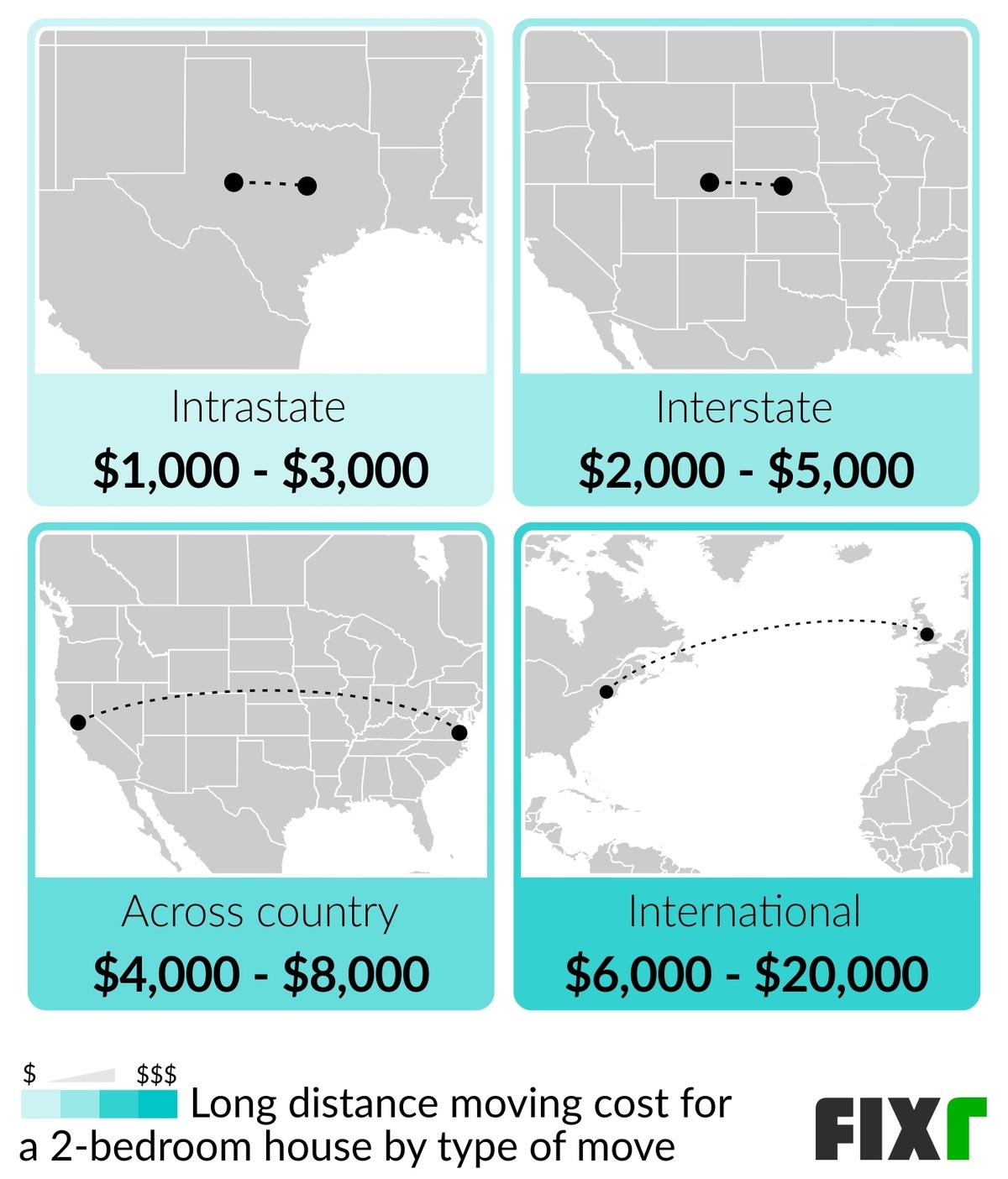If you’re getting ready for an interstate move, you probably have a lot of questions ahead.
This article offers a fresh look at how to handle long-distance moving effectively.
acesse o link Let’s dive into the world of interstate relocation and uncover what it really takes to move to another state.
Understanding the Scope of Interstate Moving
When you cross state lines, your move falls under federal regulations, typically overseen by the FMCSA (Federal Motor copyright Safety Administration).
You also need to account for different tax laws in each state.
Understanding the scope of an interstate move prepares you to budget more accurately, manage your time better, and set realistic expectations for delivery and setup.
Finding the Perfect Cross-State Moving Partner
Sites like Better Business Bureau and FMCSA’s mover search tool are great resources for screening movers.
Ask about additional fees such as fuel surcharges, long carry charges, or storage if needed.
Taking time to vet your moving company can save you stress, money, and avoidable delays.
What Determines the Price of an Interstate Move?
Another key factor is the weight or volume of your shipment; heavy or bulky loads increase both transport and handling fees.
If you request professional packing, furniture disassembly, custom crating for delicate items, or temporary storage, these all add to the base price.
For example, if your home requires movers to carry boxes up multiple flights of stairs, or if truck access is limited by narrow roads or urban restrictions, extra fees may apply.

Step-by-Step Guide to Organizing a Long-Distance Move
Proper planning is the foundation of a successful interstate move. Start by creating a timeline—ideally 8–12 weeks before your move date.
Inventory management is key.
Pack important documents, medications, chargers, snacks, and a change of clothes in a separate bag you keep with you.
Comparing Different Interstate Moving Services
Full-service movers handle everything, from packing to unpacking, ideal for busy professionals or large families.
This can be more affordable but requires more personal effort.
Are you moving fragile antiques or just standard furniture?

Top Pitfalls in Long-Distance Moves
Booking early not only secures better pricing but also gives you time to research and prepare properly.
Hiring unlicensed companies or falling for low-ball quotes can lead to scams, damaged goods, or lost belongings.
Invest in proper materials, label every box, and consider letting professionals handle specialty or high-value items to avoid costly mistakes.
Tips for Saving Money on Interstate Moving
Every extra pound adds to the total bill, so sell, donate, or recycle items you no longer need.
Next, compare quotes carefully.
Pack non-fragile items, disassemble simple furniture, or transport valuables in your own vehicle.
Wrapping Up Your Interstate Moving Journey
In summary, a successful interstate move depends on careful planning, smart budgeting, and choosing the right service providers.
Investing time in research, comparing services, and preparing in advance pays off during a long-distance relocation.
Best of luck on your journey to a new home!
FAQ About Interstate Moving
How can I save money on an interstate move?
Comparing multiple quotes and moving during off-peak seasons also helps lower costs.
How early should I book an interstate moving company?
It’s best to book movers at least 6–8 weeks in advance, especially during busy seasons.
Are there things I can’t include in an interstate move?
Properly disposing or transporting restricted items yourself avoids legal and safety issues.
How is interstate moving insurance calculated?
Most interstate movers include basic valuation coverage by law, but it’s minimal.
How do I know where my shipment is?
Ask your company about their communication methods and tracking options.